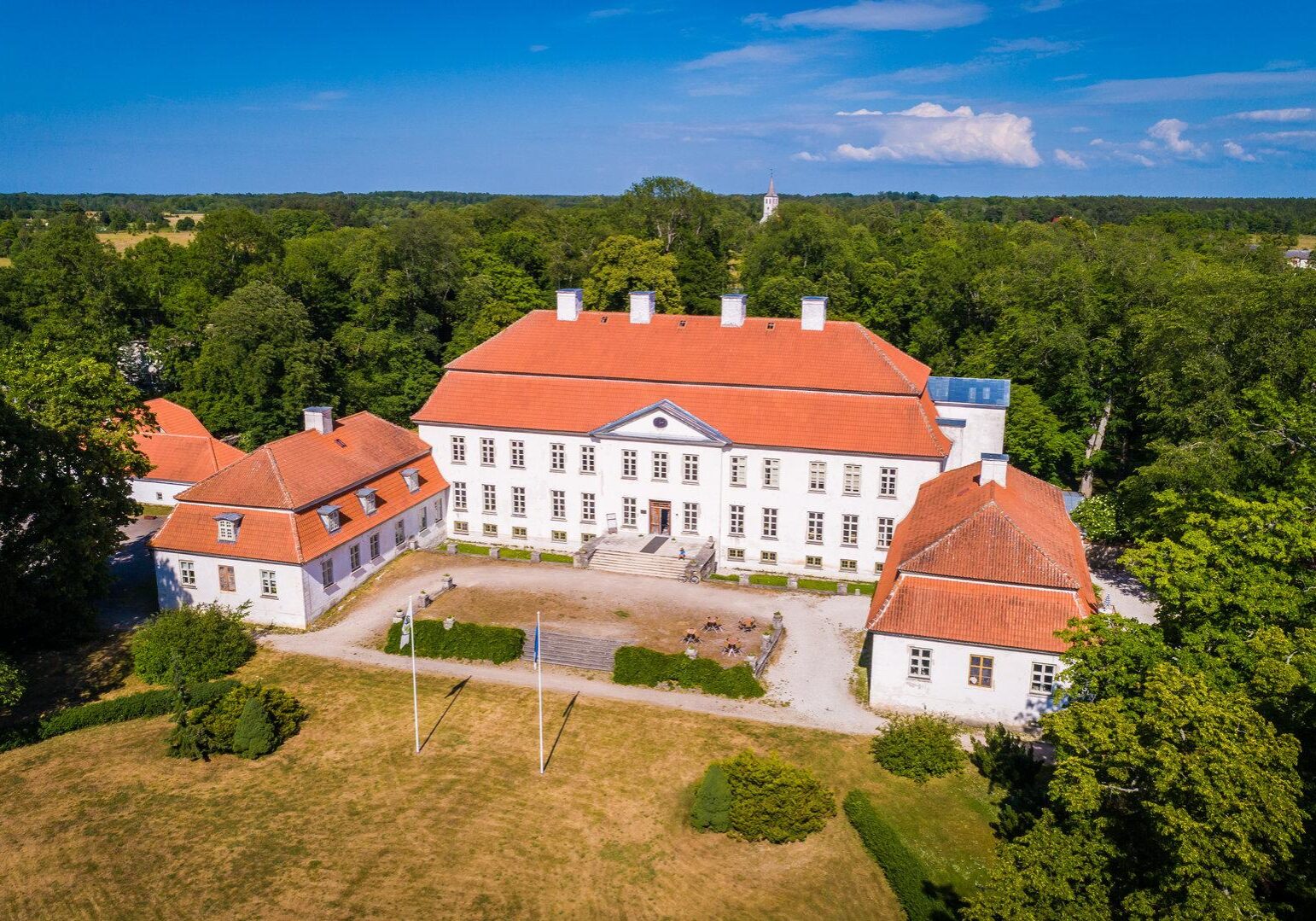Following the manors

One long period of Estonian history, about 600-700 years, can be summed up by the word manor age. About 30 manors are known from this period in Hiiumaa, including church and pastoral manors. Manorial officials and landlords, mostly Baltic Germans, had a significant influence on local life through their ownership of large estates and the peasants who lived on them. The manorial system encouraged and caused injustice, including economic coercion and social inequality. On the other hand, the estates also brought us much that was new from the wider world, be it new working methods, plant varieties, recipes or developments in school and church life.
At the beginning of the 20th century, the time of the former manors was over. During the time of the Republic of Estonia (1918-1940), there were still a few functioning manors and estates leased to previous owners, but the manor life of the old days was no more. It was then that this long-lasting economic and political system of sorts finally fell apart. The manor’s buildings and land were taken over by new owners, be they former estate workers, farmers, companies or the state. Many large and magnificent buildings fell into disrepair for lack of the right owner and money.
The route includes the following stops:
See other routes
People around the world are increasingly moving to cities. But only well-functioning villages can sustain rural life. Indeed, there is only one small town on the island of Hiiu, Kärdla, but over 180 villages. The story of how each village came to be and the sequence of events is different. But it’s exciting to search and find what catches their eye today. Whether it’s a preserved windmill, an old manor house, the story of a great man or a modern business in operation. Start looking and experiencing!
Small Hiiumaa has offered the world many greats, such as composer Rudolf Tobias, artist Ülo Sooster or writer Evald Mänd (Ain Kalmus). There are many other creative people who were born, lived, created or rested on the island, and we all have something to learn from them. Find their footprints, their creations and their thoughts!
Hiiumaa is a nature lover’s paradise. Almost 70% of the island is forested, some of which is now very scarce under virgin forest. Plants, animals and birds that are rare in Estonia can also be found on beaches and in meadows. Meteorite craters, hundreds of millions of years old, are an attraction, as are boulders and rock caves. Freshwater springs, deep karst caves and special coastal lakes offer additional experiences. Start the tour!
How, what, who or what rituals people believe in has changed over time. Worshipping of protective heather trees, land mothers and spring spirits began in Hiiumaa in the 13th century. All this took time, and so it is still possible to go to the sacred trees (Tärkma oak and Ülendi lime). Of the Christian churches on the island, you can see large parish churches (such as Pühalepa, dating from the 13th century), auxiliary churches or chapels (such as Kassari), Orthodox churches (such as Kuriste), as well as houses of worship of the Brethren, Baptists or Pentecostals. In addition to these, pastorates (such as Reigi), cemeteries (such as Kuri) and parsonages (such as Käina) are closely linked to religious life. This is all worth exploring.
